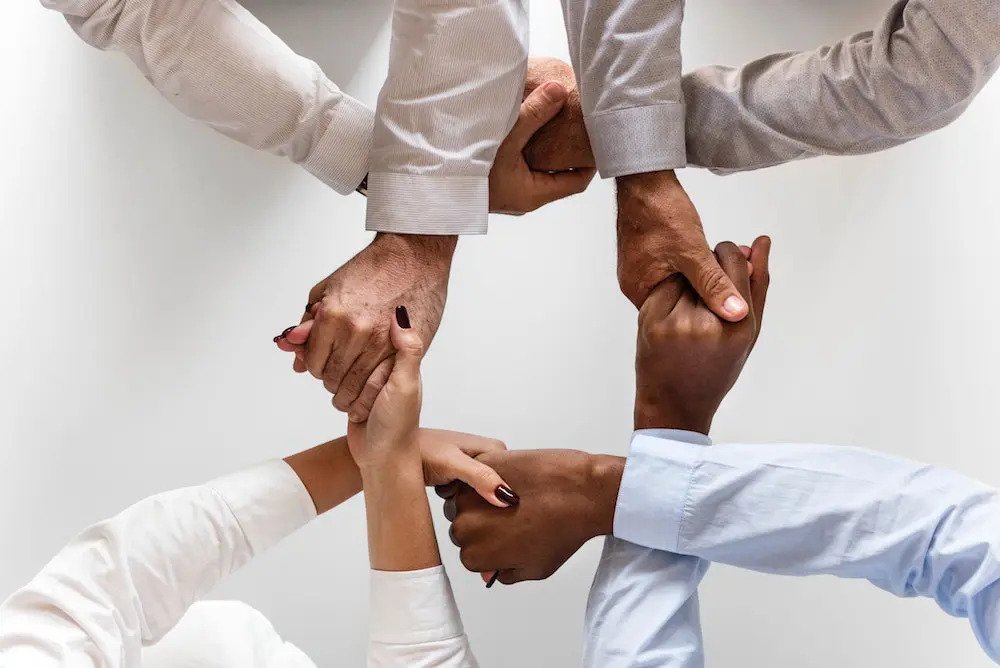Diverse Approach is a change of perspective: members of different groups ought to respectively be able to put themselves in the
Diversity and inclusion initiatives support the realization that everyone is different. Social media reinforces this fact, demonstrating that we’re more connected and have more in common with each other as we communicate using different platforms. It’s an opportunity for individuals to connect with people of all different backgrounds—to find commonalities, to share experiences, and to solve problems in new ways. How can you achieve this? On social media, it’s through sharing one’s experience of an action that’s taking place, an image that evokes different responses, or a hashtag that provokes an array of thoughts.
Platforms such as Facebook, Twitter, LinkedIn, Instagram, and others have allowed for different forms of communication. Instead of being able to connect with someone only by a phone call, we can use email, text messages, Facebook Messenger, tweets, Instagram tagging, FaceTime, and other platforms to interact with new people
BRINGING PEOPLE TOGETHER
hese days, hashtags allow for people from different backgrounds to find each other and communicate in different ways. The birth of the hashtag in 2007 helped to move conversations forward by allowing groups to focus and filter for a specific topic. As a result, people can search for something that’s of direct interest to them. Diverse Approach

Hashtags have evolved to become a link for people to relate to each other, defining a particular action, event, thought, or movement with text, photos, or video. This representation has allowed people to connect at a different level by not only conveying a message but by broadcasting it to an already engaged audience.
We’re now enabling individuals to openly communicate and answer questions that may not have been thought of before. When we communicate with someone who’s different from us—for example, regionally or generationally—we allow ourselves to appreciate new viewpoints and to benefit from their expertise and experience, especially if we remain open to what the conversation can become. Alternatively, we can offer guidance to someone who’s just now experiencing something we have gone through.
SHARING EXPERIENCES
These shared experiences give us a window into what life really is like for people other than ourselves. In our day-to-day lives, we can see life through someone else’s eyes with live feeds of war, protests, government hearings, weddings, graduations, and family gatherings, and we will have developed a different level of empathy, understanding, and communication if we allow ourselves to take a step back to ask questions. The result? We develop a level of inclusion that we didn’t have before by being present even when we physically can’t be there
IMA CONNECTIONS
Recently, I connected with a student from India who saw a post of mine while searching for IMA-related content on Instagram. Because he thought I might be from the same region of India, he reached out to me. It then evolved into helping each other prepare for the CMA exam, such as sending the occasional possible test questions for practice.
Social media platforms have allowed people of different backgrounds to reach out and share what they know, giving us a glimpse of the lives of people all around the world.
Social media has given us various platforms that enable us to be more vocal on important topics. When used wisely, this can lead to healthy discussions and positive solutions. Having diversity of thought allows for more inclusion when differences are seen and appreciated.

Leave a Reply